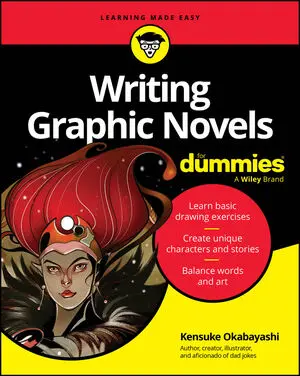This list takes a look at children's books that focus on telling a story through words. This category includes early readers, first chapter books, middle-grade books, and YA books.
Early readers are developed for children who are first learning their letters or perhaps even sounding out their first words.

Experts in reading, teaching, learning, or curricula create particular programs around the theory of reading that the publisher has chosen to embrace, often a phonics-based or whole-language-based theory.
Developing an early reader program in a publishing house includes creating vocabulary lists and deciding on parameters for story development and illustration, page counts, and more — all designed to make the child’s first reading experiences satisfying and logically progressive, and to encourage more reading.
A first chapter book is often a child’s first real foray into reading books without full-color illustrations.

It can be a very exciting time in a child’s life when they get to go the section in the bookstore or library that houses the big-girl and big-boy books. The subject matter is more mature, and the stories in first chapter books are more complex — as are the characters and their relationships with one another.
Most, if they are illustrated at all, contain a few black-and-white images scattered randomly throughout. The plots are more complicated, and the pacing is maintained much more directly through story developments and conflict than through illustration or subtle suggestion.
Middle-grade fiction and nonfiction books are the first books children read that are long and detailed and complex and deal with subject matter that is much more intriguing than most children’s picture books.

With an average page count that’s anywhere from 96 to 156 pages, middle-grade books are written for 8 to 12 year olds and they normally come in the small 5-1/2 x 8-1/2 size. They can be hardcover or softcover. Many are developed into series.
Young adult books are just what they sound like: books aimed at readers in their early to later teens.

And although it used to be a common belief that young adults only read teen magazines and grown-up novels, bookstores are now creating separate sections devoted to material they believe addresses the issues, concerns, and interests of young adults.
It’s not that there were never YA sections in bookstores and libraries. There were. But they were usually mixed right in with the board and picture books — the baby books. Now these venues often physically separate out the books and the space to give teens their own hangouts.






